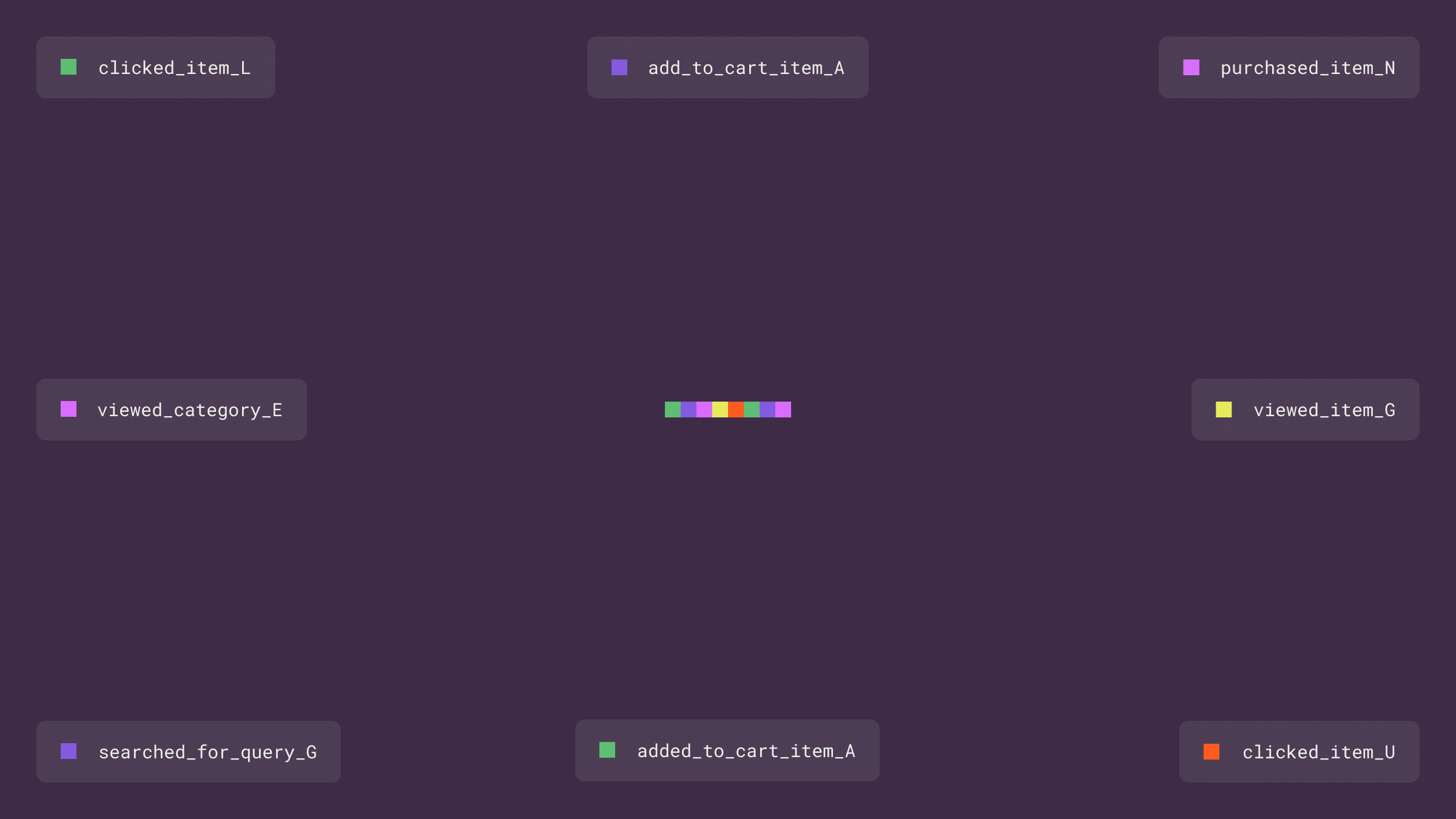What are Effective Caching Strategies for Recommender Systems?
Effective caching strategies for recommender systems involve techniques to store and reuse frequently accessed data, minimizing the need for recomputation and reducing data retrieval times. By implementing these strategies, you can significantly enhance the performance of your recommendation system, ensuring faster response times and a smoother user experience. Caching allows you to serve recommendations quickly, even when dealing with large datasets and complex algorithms, by leveraging the principle of locality and keeping the most relevant data readily available.
How to Implement Effective Caching Strategies for Recommender Systems
Implementing effective caching strategies in your recommendation system is crucial for optimizing performance and delivering a top-notch user experience. By following a systematic approach and leveraging the right techniques, you can harness the power of caching to speed up data retrieval, reduce latency, and scale your system efficiently. In the following sections, we'll guide you through the essential steps to implement caching strategies that will take your recommender system to the next level.
Step 1: Understand Your Data Access Patterns
To implement effective caching strategies, start by analyzing your data access patterns. Identify which data is frequently accessed and how often it is requested. Use historical data and analytics tools to gain insights into the hot data that drives your recommendation system. Understanding these patterns will help you make informed decisions about what to cache and how to optimize your caching strategy.
Step 2: Choose the Right Caching Technique
Once you have a clear understanding of your data access patterns, evaluate different caching techniques to find the best fit for your recommendation system. Consider options like in-memory caching, distributed caching, and hybrid approaches. Assess the trade-offs between performance, scalability, and complexity to select the technique that aligns with your system's requirements and resources.
Step 3: Implement Cache-Aside Pattern
The cache-aside pattern is a popular approach for implementing caching in recommendation systems. With this pattern, data is loaded into the cache only when it is requested and not found in the cache. This provides flexibility and ensures that only frequently accessed data is cached, optimizing cache utilization. Implement the cache-aside pattern to strike a balance between cache efficiency and data freshness.
Step 4: Leverage In-Memory Caching
In-memory caching solutions, such as Redis or Memcached, offer lightning-fast data retrieval and are ideal for storing frequently accessed recommendation results. By keeping the most relevant data in memory, you can minimize the latency associated with disk-based storage and improve the responsiveness of your system. Leverage in-memory caching to deliver real-time recommendations and enhance the overall user experience.
Step 5: Optimize Cache Eviction Policies
As your cache grows, it's essential to implement effective eviction policies to manage cache space efficiently. Techniques like Least Recently Used (LRU) or Least Frequently Used (LFU) help identify and remove stale or less frequently accessed data from the cache. By optimizing your eviction policies, you ensure that the cache remains performant and relevant, focusing on the most valuable data for your recommendation system.
Step 6: Use Write-Through and Write-Behind Caching
Write-through caching ensures data consistency by simultaneously writing data to both the cache and the underlying database. This approach guarantees that the cache and database are always in sync, preventing data discrepancies. On the other hand, write-behind caching prioritizes performance by writing data to the cache first and asynchronously updating the database. This technique reduces the latency of write operations and improves the overall responsiveness of your recommendation system. Choose the appropriate write strategy based on your system's requirements for data consistency and performance.
Step 7: Implement Real-Time Caching Strategies
To deliver up-to-date recommendations, combine real-time caching strategies with periodic batch updates. Use lightweight models to make real-time adjustments to cached recommendations based on user interactions and feedback. Complement this with more complex models that run in the background to update the cache periodically with fresh recommendations. This hybrid approach ensures that your users receive relevant and timely recommendations while balancing system performance and resource utilization.
Step 8: Monitor and Tune Cache Performance
Continuously monitor the performance of your caching system to identify bottlenecks and optimize cache configurations. Keep track of key metrics such as cache hit rates, latency, and overall system performance. Use logging and monitoring tools to gather insights into cache behavior and identify areas for improvement. Regularly tune your cache settings, such as cache size, eviction policies, and expiration times, based on the observed performance metrics and changing data access patterns.
Tips on Effective Caching Strategies for Recommender Systems
As you embark on implementing caching strategies for your recommendation system, it's crucial to keep in mind some key tips that will help you optimize performance and maintain the effectiveness of your caching approach. These tips will guide you in making informed decisions and adapting your caching strategies to the evolving needs of your system.
1. Regularly Review and Update Caching Policies
Caching policies are not set in stone. As your recommendation system grows and evolves, it's essential to regularly review and update your caching policies to ensure they remain aligned with changing data access patterns and business needs. Periodically analyze your system's performance metrics, user behavior, and data growth to identify any necessary adjustments to your caching strategy.
By proactively reviewing and updating your caching policies, you can optimize cache utilization, improve hit rates, and maintain the overall efficiency of your recommendation system. Stay agile and adapt your caching approach to accommodate shifts in data popularity, user preferences, and system scale.
2. Balance Between Freshness and Performance
One of the key challenges in caching for recommendation systems is striking the right balance between data freshness and system performance. While serving the most up-to-date recommendations is desirable, it's important to consider the trade-offs in terms of computational resources and latency.
To achieve this balance, employ a combination of real-time and batch updates. Use lightweight models and techniques to make real-time adjustments to cached recommendations based on user interactions and feedback. Complement this with periodic batch updates that leverage more complex models to refresh the cache with the latest recommendations.
By carefully balancing real-time updates and batch processing, you can ensure that your users receive relevant and timely recommendations while maintaining optimal system performance. Continuously monitor and fine-tune this balance based on your specific requirements and user expectations.
3. Leverage Scalable Caching Solutions
As your recommendation system grows in terms of users, data, and complexity, it's crucial to choose caching solutions that can scale alongside your system's needs. Scalable caching solutions enable you to handle increasing data loads, accommodate higher traffic, and maintain consistent performance.
When selecting a caching solution, consider factors such as distributed architecture, horizontal scalability, and seamless integration with your existing infrastructure. Look for solutions that offer features like automatic sharding, replication, and fault tolerance to ensure high availability and reliability.
By leveraging scalable caching solutions, you can future-proof your recommendation system and accommodate growth without compromising on performance or user experience. Invest in caching technologies that can adapt to your evolving requirements and provide the necessary scalability to support your long-term goals.
By implementing these effective caching strategies, you can unlock the true potential of your recommendation system and deliver exceptional user experiences. At Shaped, we're dedicated to helping you achieve optimal performance and drive success with our cutting-edge recommendation platform. Get started today.




